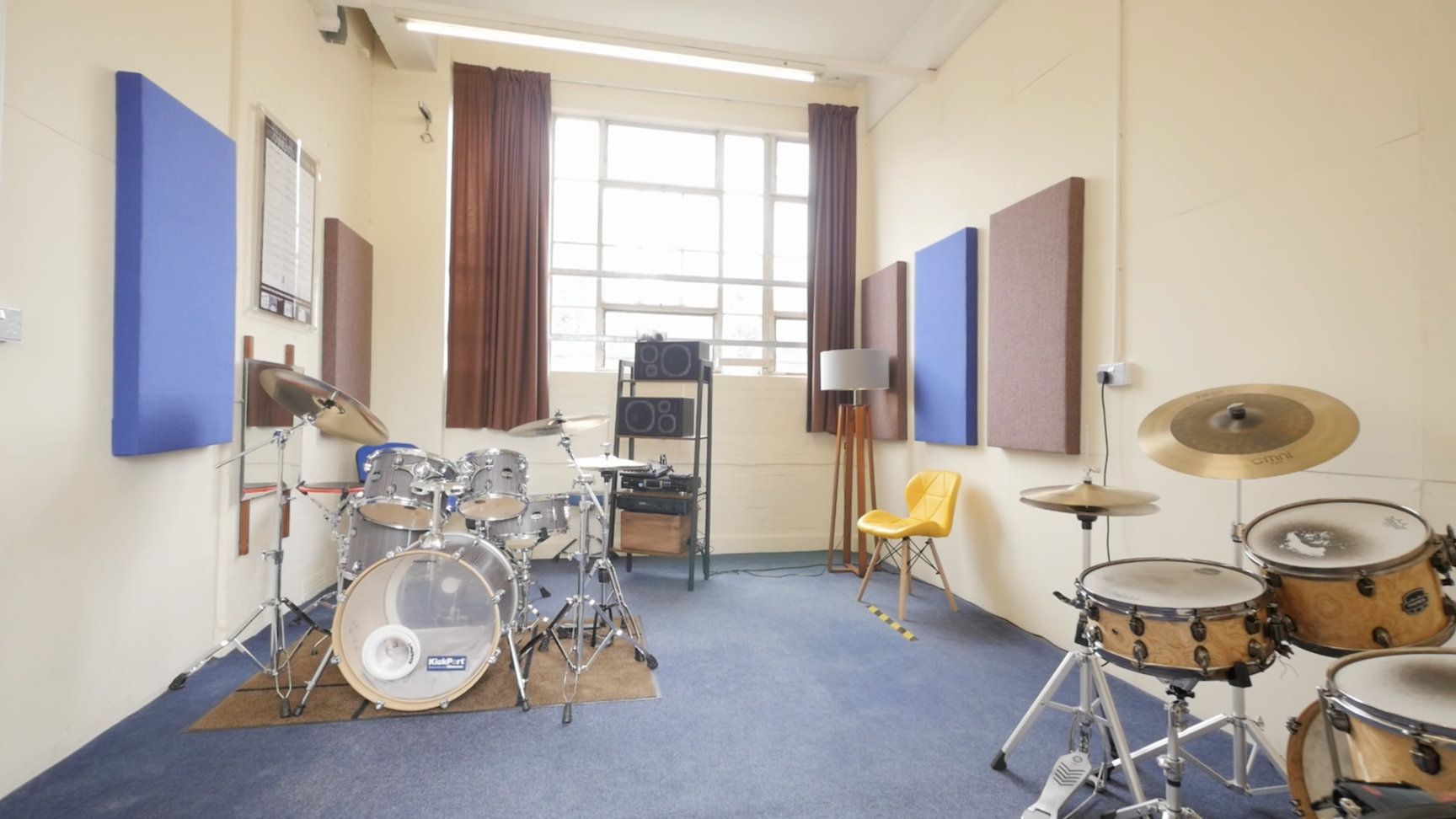We all have ‘bad gigs’, difficult rehearsals or frustrating periods in our playing and practice (and this isn’t necessarily a cycle which fades with time, experience or wisdom!). We might resign ourselves to those ebb and flow phases of steady development – punctuated by exasperating periods of creative block, accepting them as ‘just the way things are’ or ‘taking the rough with the smooth’.
Recently, after a short run of gigs where I found my own performance and engagement with the music particularly difficult, I got to thinking more deeply about why this might be. My playing and listening skills hadn’t suddenly diminished – the environments were largely the same; the whole ecology of who, what and where had been quite consistent, but somehow my expectations of my performance contribution had heightened. I was experiencing a great disparity between what I felt I needed from the music to what I was able to produce to make that happen.
I had been of the belief that biological growing pains were caused by differing rates of growth between bone and muscle tissue – particularly at the joints and in the legs. On researching the subject for this blog post, I discovered that, clinically, there is actually no medical consensus as to the cause of growing pains. Metaphorically though, the ‘growing pains analogy’ as the ‘experience of temporary difficulties and problems at the beginning of a particular stage of development’ makes an excellent metaphor for the issues which can be experienced in the advancement of a musician’s journey.
The concept of ‘one creative aspect developing at a different rate to another’ resonated with me: In my case, my creative and aspirational targets had outgrown what I was physically or technically able to deliver. As advancing musicians and artists, we face a constant act of balancing practical and philosophical approaches and it is my belief, that when one or more of these becomes more advanced, this exaggerates our perception – and ultimately, dissatisfaction, of the lesser. Hence, the sense of disharmony and stress – and what could be thought of as ‘growing pains’.
Adversity, Stress and Growth.
I remember seeing this video by the Rabbi Dr. Abraham Twerski, about the nature of stress and its power for transformation. Nature always finds a way! Could it be said that this stress induced change is true for the evolution of our own abilities?
I wonder if the biological sciences acknowledge similar stress triggers in humans, either instigating physical change – or bringing some form of psychological development?
In your practise, watch out for signs of stress and your own, creative ‘Growing Pains’. See this disquietude for what it is: a sign of imbalance – potentially, at the cusp of a positive turn and transmute the stress energy into personal development. We can use this opportunity to learn and perhaps do things differently. Investigate the specifics at the core of the problem, as the nature of the stress we feel might point towards the remedial action we need to take.


Leave a Reply